What is the meaning of health? Our modern society often presents confusion about the nature of health. What does health look like? What do healthy humans do? Do they work 100+ hours per week in their office? Do they only eat protein shakes? Are rich and famous people healthy? Do our political leaders act like healthy human beings?
The classical texts of Tibetan medicine offer a beautiful perspective on the nature and characteristics of a healthy human condition. This view is illustrated through the metaphor of "two flowers and three fruits":
The Two Flowers of Health
Freedom from Disease “Nad Medpa” ནད་མེད་པ།
Health challenges consume our time and resources. There is a famous saying, “You may have 1,000 problems in life until you have a health problem. Then, you only have one problem!” Disease can quickly incapacitate or hinder us, leaving us mired in miserable suffering and pouring our energy into treatment. If we can live our lives free from disease, we have the luxury of devoting our time and energy to pursuing beneficial actions in the world.
Long Life “Tsering wa” ཚེ་རིང་བ།
Health empowers us with not only a long lifespan, but high quality of life. We can spend more time fulfilling our potential, creating meaningful connections, and enjoying the blessings of our precious human birth!
The Three Fruits of Health
Knowledge “Cho” ཆོས།
The Tibetan term “Cho” means “spiritual knowledge”. Healthy people have the fantastic capacity to study and learn many things. According to Tibetan Medicine, the most important and useful study is the cultivation of a spiritual worldview and wisdom. Tibetan Medicine upholds that receiving the blessings of spiritual knowledge is one of the foremost benefits of our lives as healthy humans.
Wealth “Nor” ནོར།
Health enables us to work diligently at our worldly tasks. Tibetan Medicine considers that dedicated attention to virtuous, worthy work tends to result in material security and stability. When we are healthy, we have the fortunate opportunity to work for our own success and the ability to benefit and share with others.
Happiness “Dewa” བདེ་བ།
Healthy people naturally experience joy and contentment, appreciating the beauty of the world around them. The suffering of disease quickly obscures our clarity, inhibiting our ability to celebrate and enjoy our lives. When we have health and balance in our body, speech, and mind, we naturally express a wealth of love, joy, and peace. We are able to work through obstacles and challenges in a graceful manner. Even when times are tough, we can generally feel optimism, gratitude, and empathy.
What Are the Characteristics of Healthy Humans?
According to Tibetan Medicine, healthy human beings:
Continuously learn and grow
Discover and integrate spiritual wisdom
Overcome obstacles and challenges with grace and patience
Deepen and enrich their life experiences and connections
Cultivate happiness and openness
Appreciate the beauty of the world around them
These flowers and fruits form an interdependent, complete picture of health. We cannot “cherry-pick” them, but rather, we must integrate all of these aspects of health. If we accumulate wealth but lack wisdom, something is missing. If we study volumes of knowledge but lack meaningful interpersonal relationships, this is insufficient. If we work hard but lack joy and love, our health is incomplete.
Thus, the "two flowers and three fruits" metaphor clearly illustrates what it means to be a fully integrated, healthy human being. It guides us towards a more holistic understanding of health, emphasizing the harmony of body, speech, and mind.

